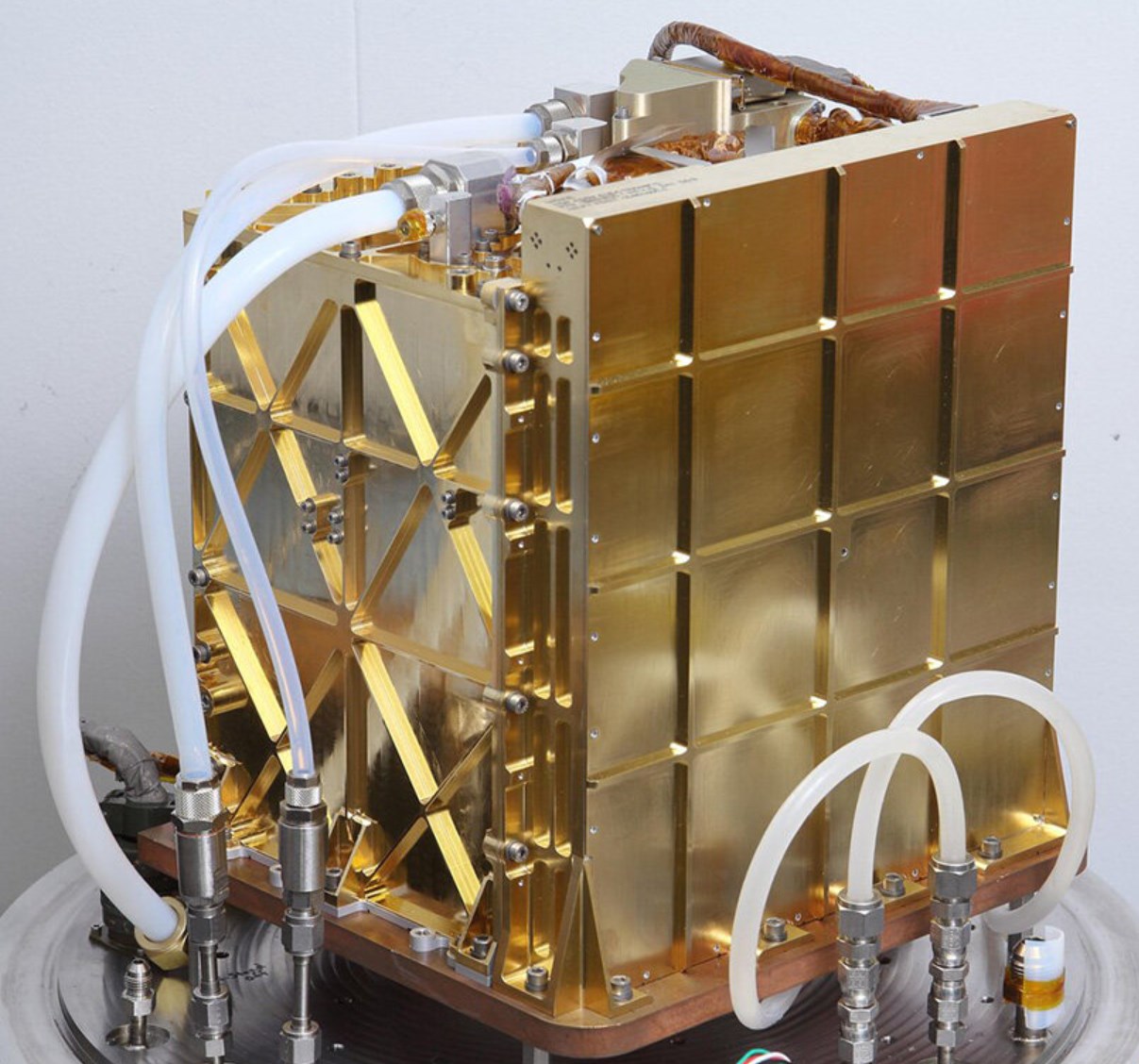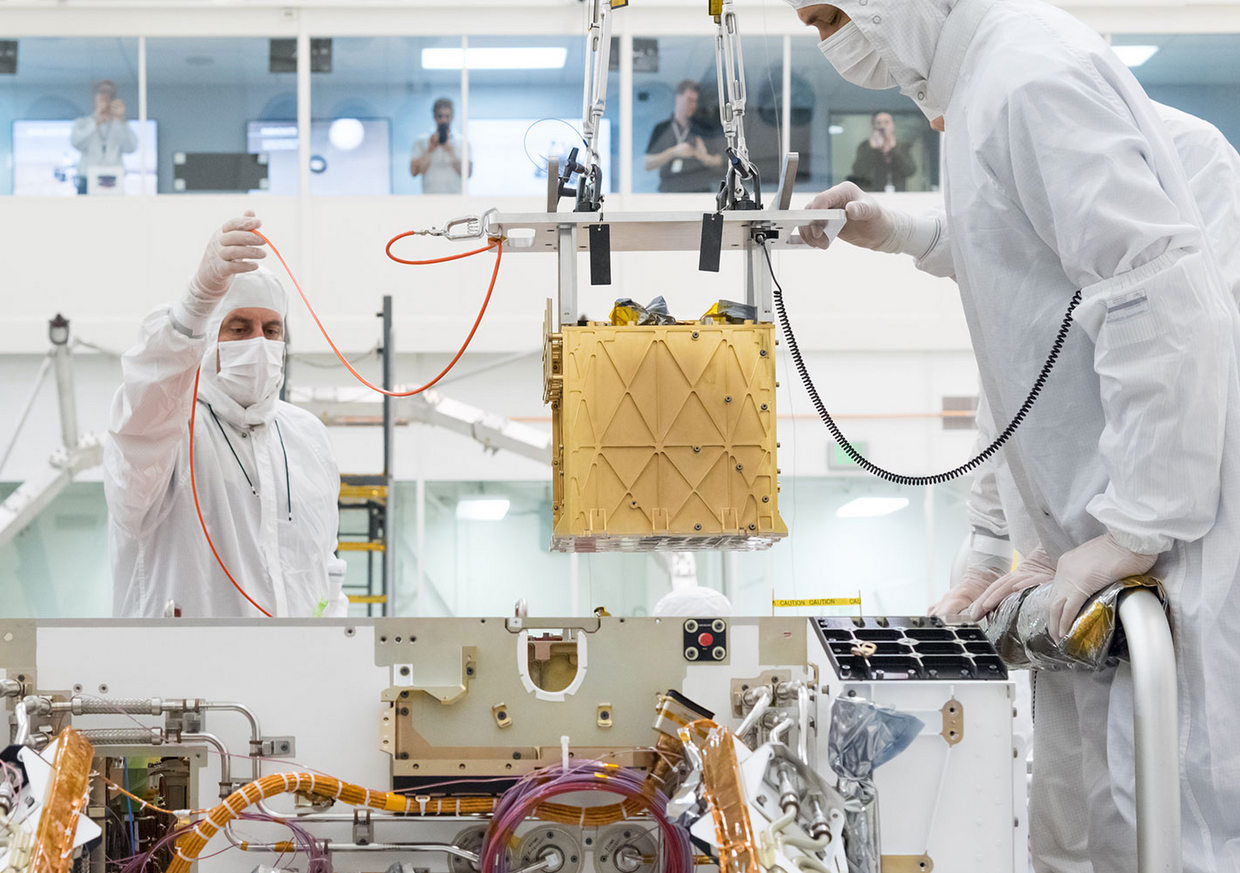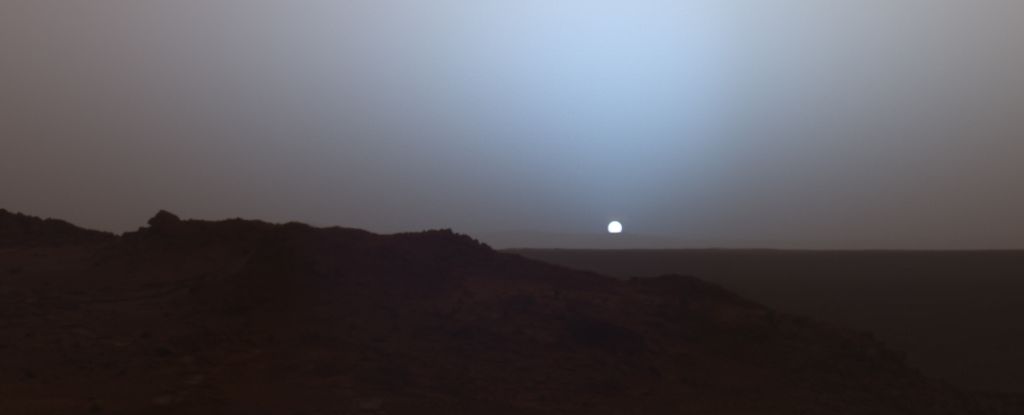Humanity’s dream of colonizing Mars has become one step closer to realization thanks to a successful experiment to convert carbon dioxide into oxygen suitable for breathing. Moreover, the experiment was conducted on the Red Planet.

The Martian atmosphere in its current state is not particularly favorable for earthlings. It is about 150 times more rarefied and consists mainly of carbon dioxide. Any person who tried to inhale it would simply suffocate. But in this dead, dry and alien world there is an instrument that produces oxygen suitable for breathing from the atmosphere of the Red Planet.
A device called MOXIE, the size of a small sandwich box, was delivered to Mars as part of the NASA Perseverance rover mission. It uses an electrolysis process that splits Martian carbon dioxide into carbon monoxide and oxygen.

According to the researchers, MOXIE has produced oxygen seven times in more than a year on Mars and will continue to do so further. In each of the seven cycles, the device released from 5.4 to 8.9 g of molecular oxygen, and for the entire time its total amount was 49.9 g.
Electrolysis instead of trees
“This is the first demonstration … of the use of resources on the surface of another planet and their chemical transformation into substances useful to people. In this sense, this is a historic event,” said Jeffrey Hoffman, a former NASA astronaut and MOXIE deputy principal investigator from the Massachusetts Institute of Technology (MIT).
In fact, the device performs the work of a small tree. But after such a successful experiment, the team that made MOXIE now wants to send a device to Mars that will produce oxygen in the equivalent of several hundred trees.

The production of oxygen by electrolysis is not new. The International Space Station, for example, uses this process to split water into hydrogen and oxygen and thus replenish the supply of air suitable for breathing. However, on Mars, water can be too valuable to spend it for these purposes, so another substance is used, of which there is plenty on the Red Planet — carbon dioxide.
Follow us on Twitter to get the most interesting space news in time
https://twitter.com/ust_magazine

